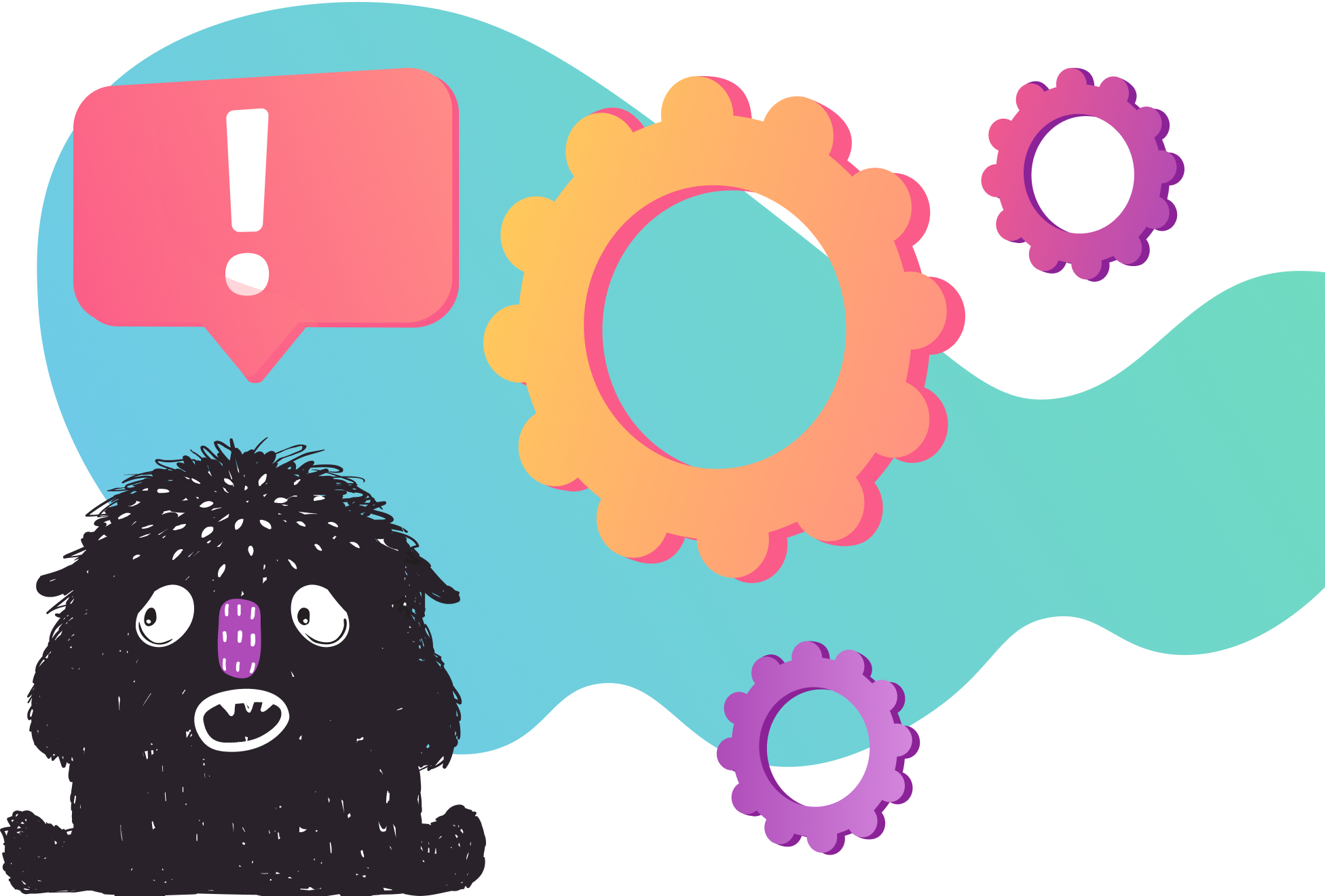Oopsie poopsie!
Looks like the page you’re looking for doesn’t exist.
Looks like the page you’re looking for doesn’t exist.
If you think you found a broken link or error, please email us using the button below and include a 1) screenshot of this page, 2) the URL you were trying to access, 3) along with what you were trying to do when you got the error. The more information, the better. Thank you!
Email us
